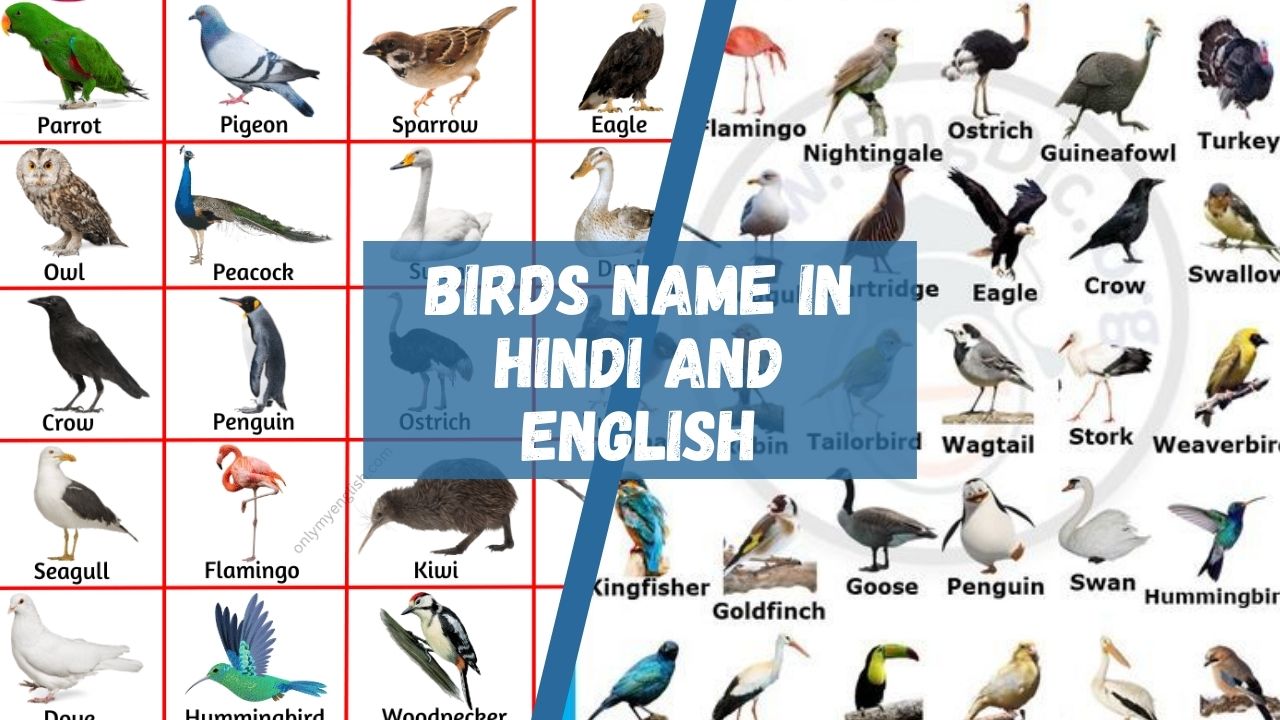Knowing bird names in both Hindi and English isn’t just about adding words to our vocabulary. It helps us connect more deeply with nature and our cultural roots.
This big list of over 100 bird species acts like a bridge between languages, helping people from different backgrounds talk about and care for nature together. By learning these names, we grow our appreciation for both the variety of life and the variety of human cultures, which is key to protecting our environment and enriching education.
Each bird’s name has its own story and meaning that crosses age and culture. Diving into this can teach us a lot about the importance of these birds, both symbolically and environmentally.
Birds travel long distances when they migrate, connecting different ecosystems by spreading seeds, which helps to keep nature diverse and resilient.
Importance of Knowing the Names of Birds
Knowing the names of birds in Hindi and English really matters. It helps us feel closer to nature and pushes us to protect birds better.
When we know a bird’s name, we can talk about them more clearly, both within our own community and with others.
Plus, understanding these names helps us appreciate our culture and the cultures of others.
Connection to nature and conservation
Getting to know bird names helps us connect with nature and see why we need to protect it. When people learn to spot and name different birds, they start to understand all the different kinds of life around them and how these birds fit into the environment. This knowledge makes people care more about the environment and want to help save it.
Knowing the names makes nature feel more personal. It changes how we see problems with the environment, making them feel closer and more urgent. Also, when we can name something, we care more about it. We feel like it’s our job to look after things we know by name. This is really important for helping to save our planet.
Cultural significance
Knowing bird names is really important in many cultures. It connects us to our past and the stories that have been told for generations. Birds often mean more than just being birds in many places. They can stand for freedom, spiritual power, or even serve as warnings. Their names are full of old tales and important meanings.
Take the Peacock, or ‘Mor’ as it’s called in Hindi. It’s a big deal in Indian stories and is linked to the goddess Saraswati. This bird stands for things like wisdom and patience.
When we learn about these names, it’s not just about knowing more birds. It actually ties us closer to where we come from, and it builds a bridge between past and present through these stories.
It’s pretty cool how learning something as simple as bird names can make us feel proud of our heritage and help keep these traditions alive, passing them down from one generation to the next.
Ease of communication
Knowing bird names in different languages, like Hindi and English, helps everyone talk more clearly and effectively about wildlife. This is really useful for researchers and teachers who work with people who speak different languages. It helps them gather and share information accurately.
For birdwatchers and nature lovers, it makes it easier to share what they see and connect with people from various backgrounds. Also, knowing the exact species of birds is key to helping protect them. When everyone can talk about the same bird using the right name, it helps in working together to save them.
| S. No | English Name | Hindi Name | Image |
|---|---|---|---|
| 1 | House Sparrow | गौरैया |  |
| 2 | Common Myna | मैना | 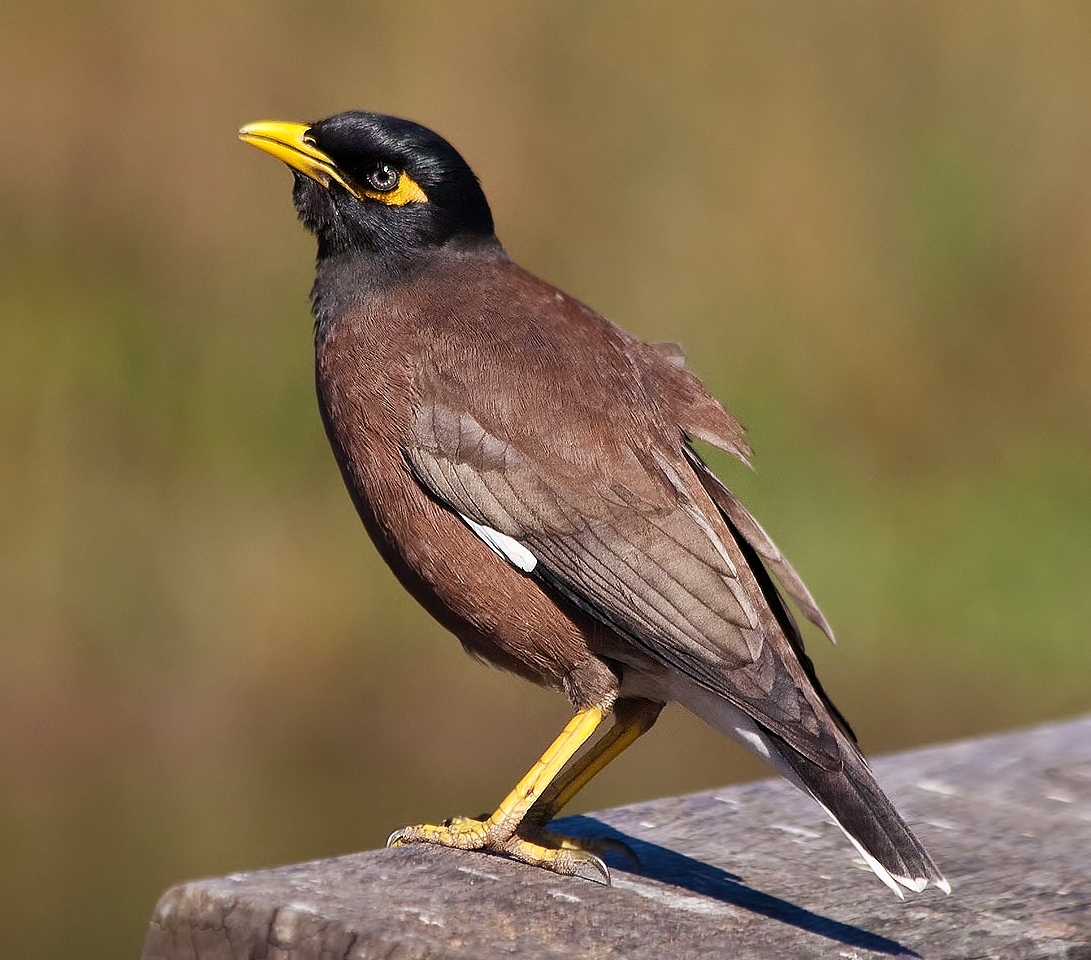 |
| 3 | Rock Pigeon | कबूतर | 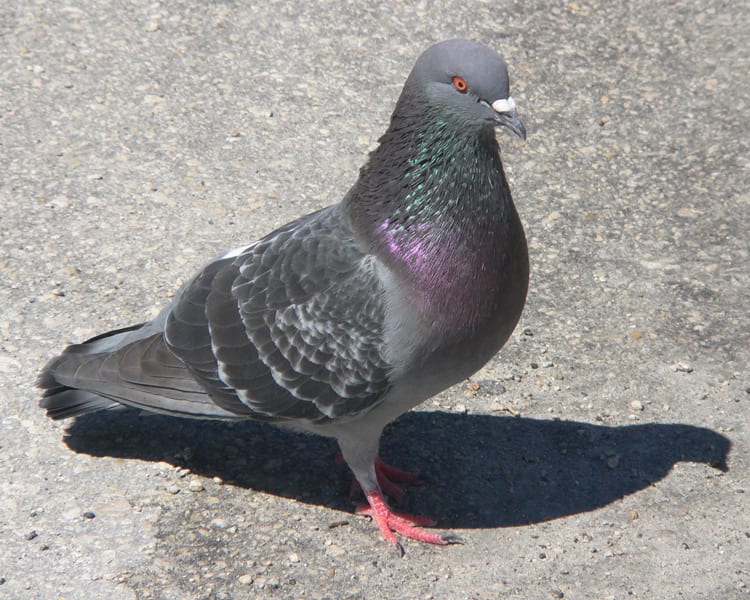 |
| 4 | Indian Peafowl | मोर | 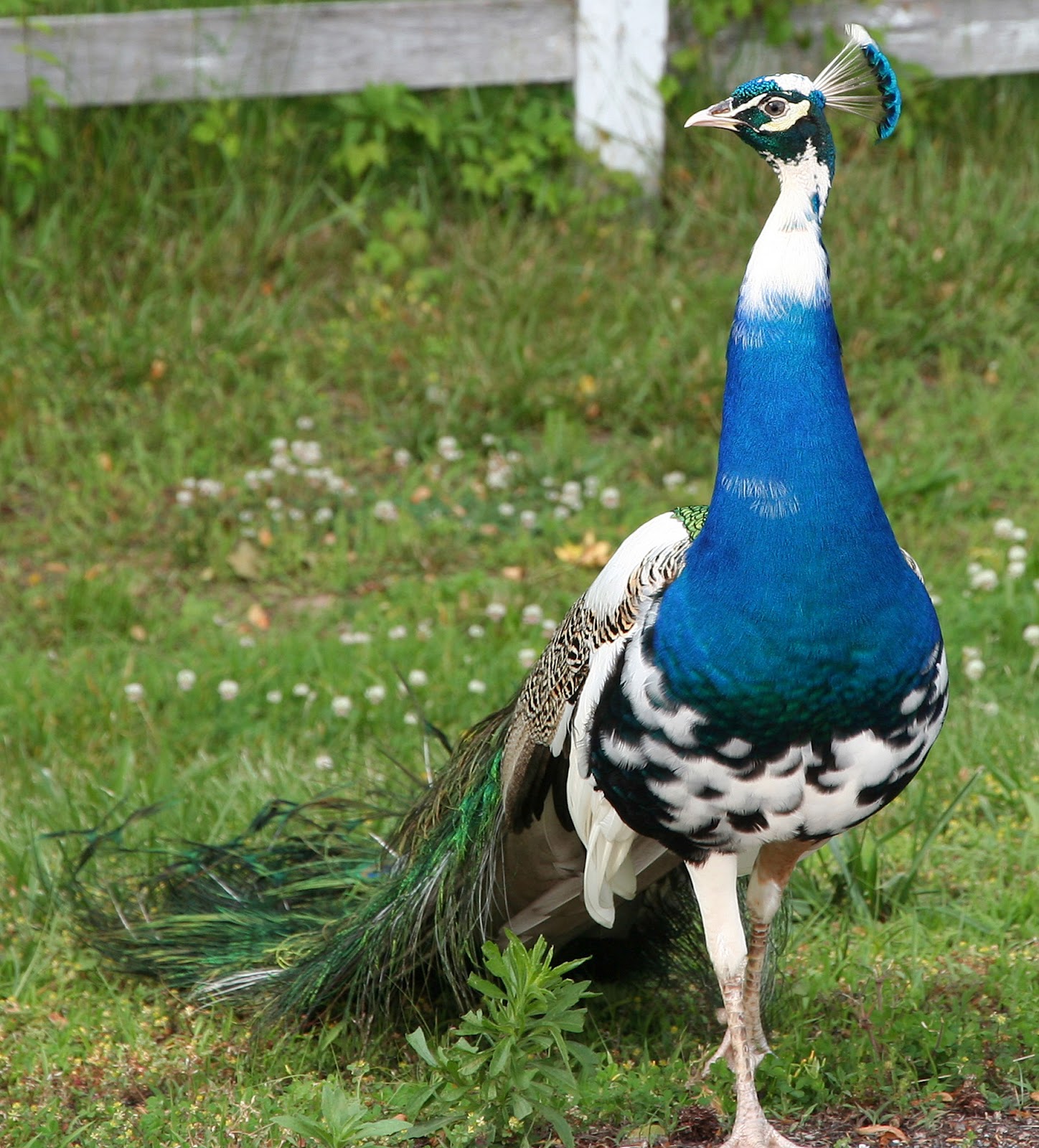 |
| 5 | Red-vented Bulbul | लाल कंधेरी बुलबुल | 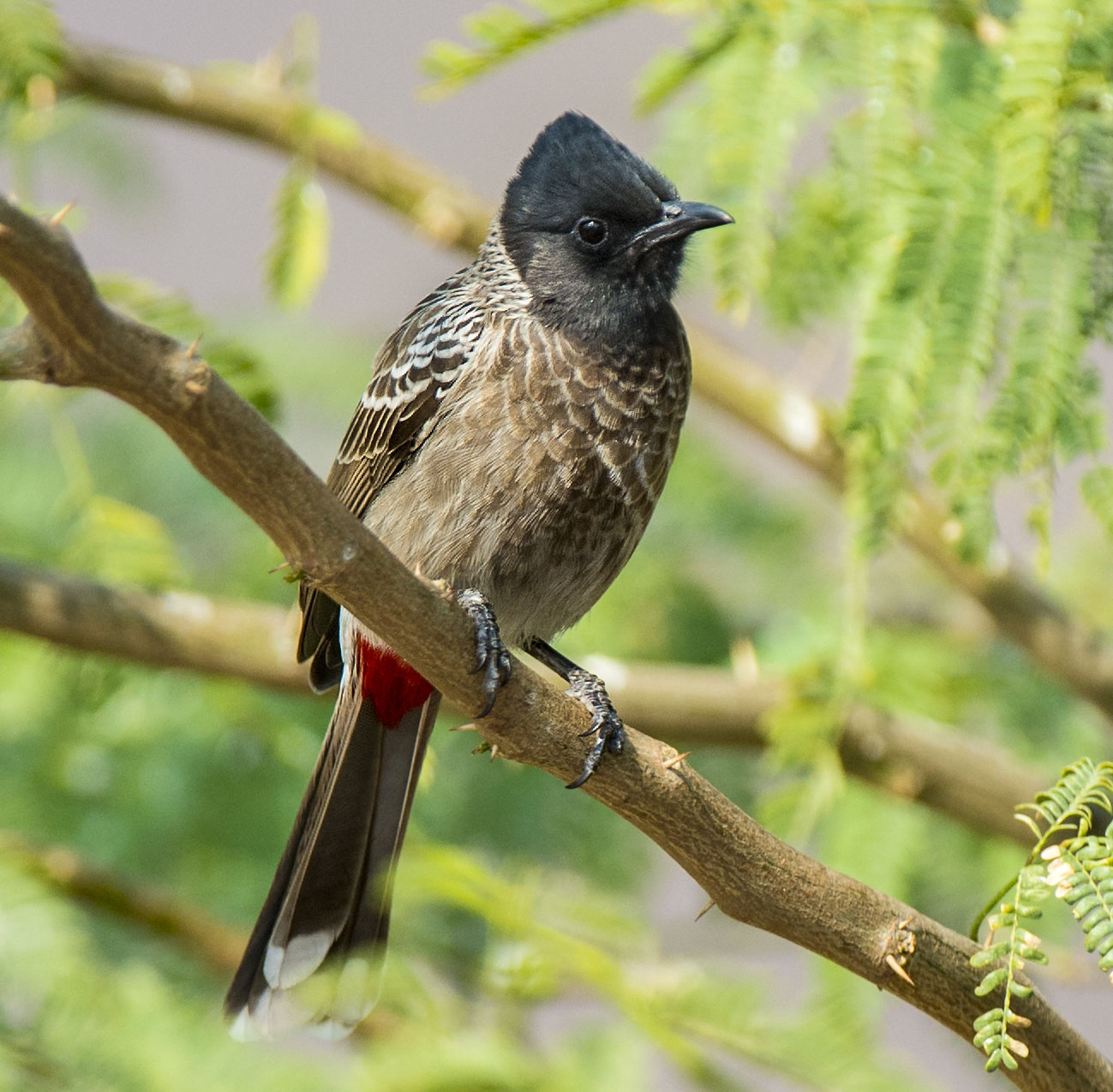 |
| 6 | Oriental Magpie Robin | दयाल | 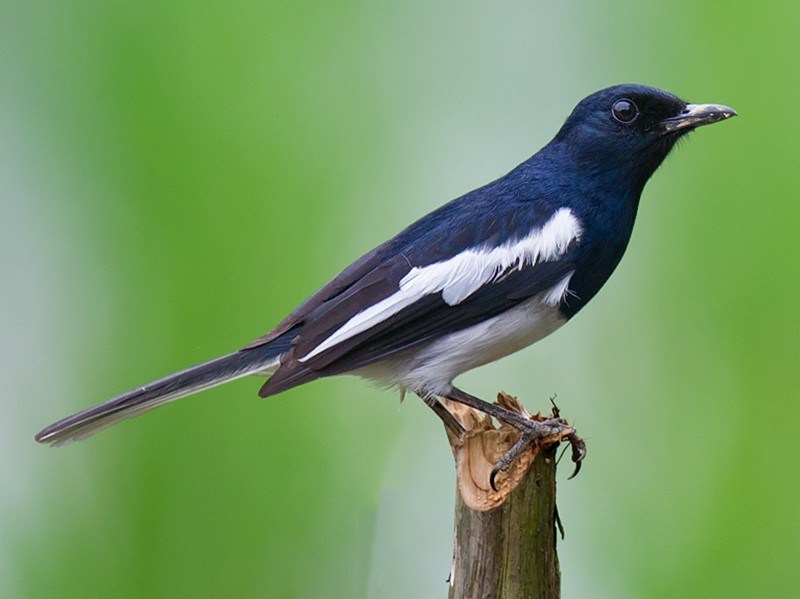 |
| 7 | Indian Robin | काली चिड़ी | 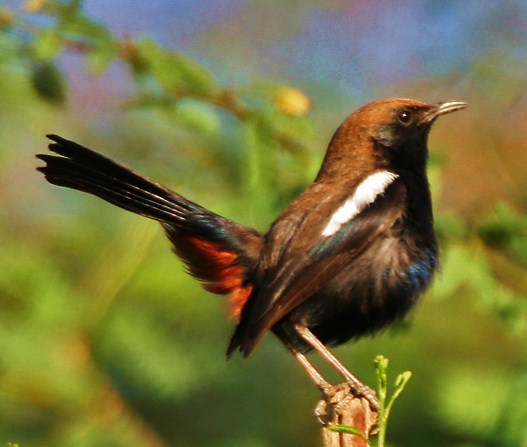 |
| 8 | Asian Koel | कोयल | 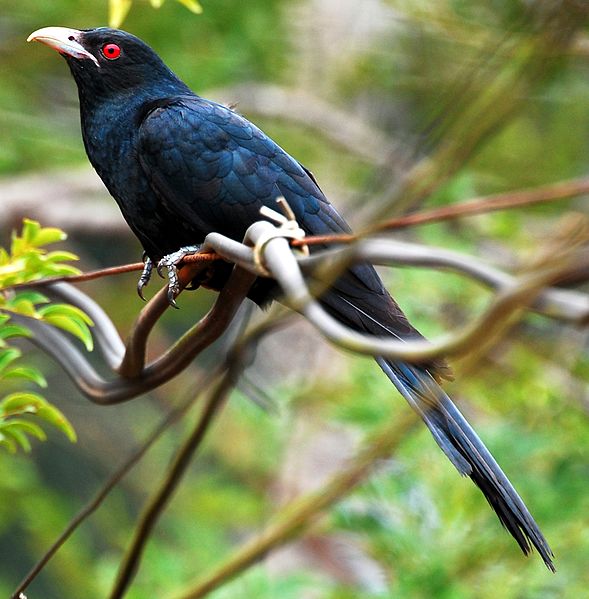 |
| 9 | Indian Roller | नीलकंठ | 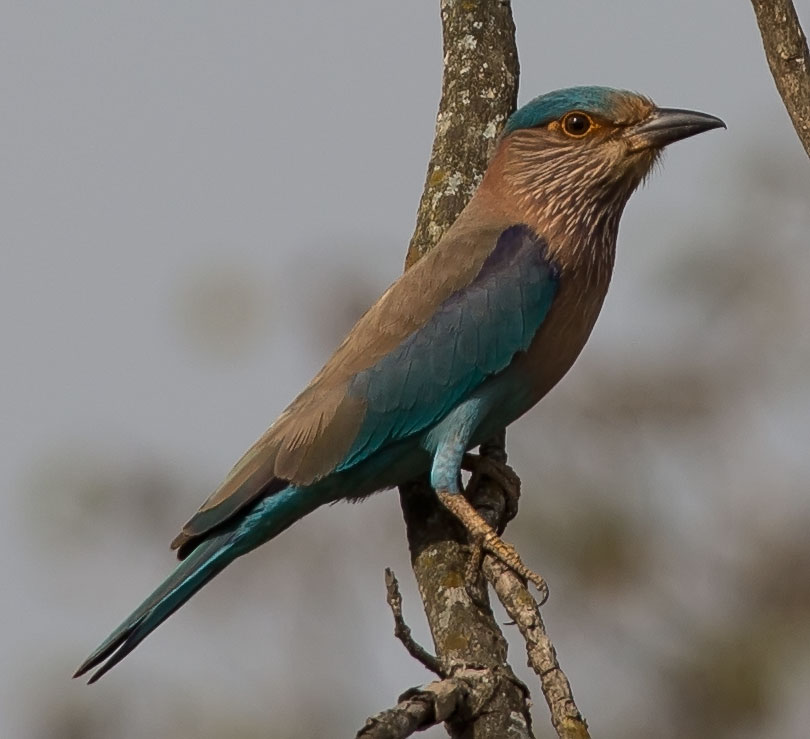 |
| 10 | Rose-ringed Parakeet | तोता | 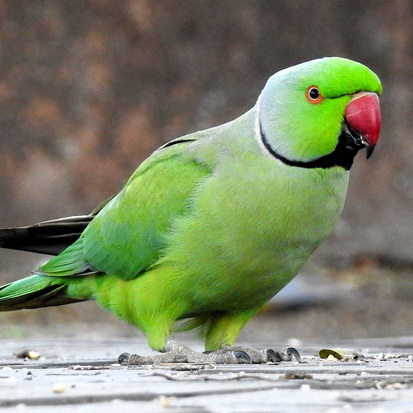 |
| 11 | Black Drongo | कोतवाल | 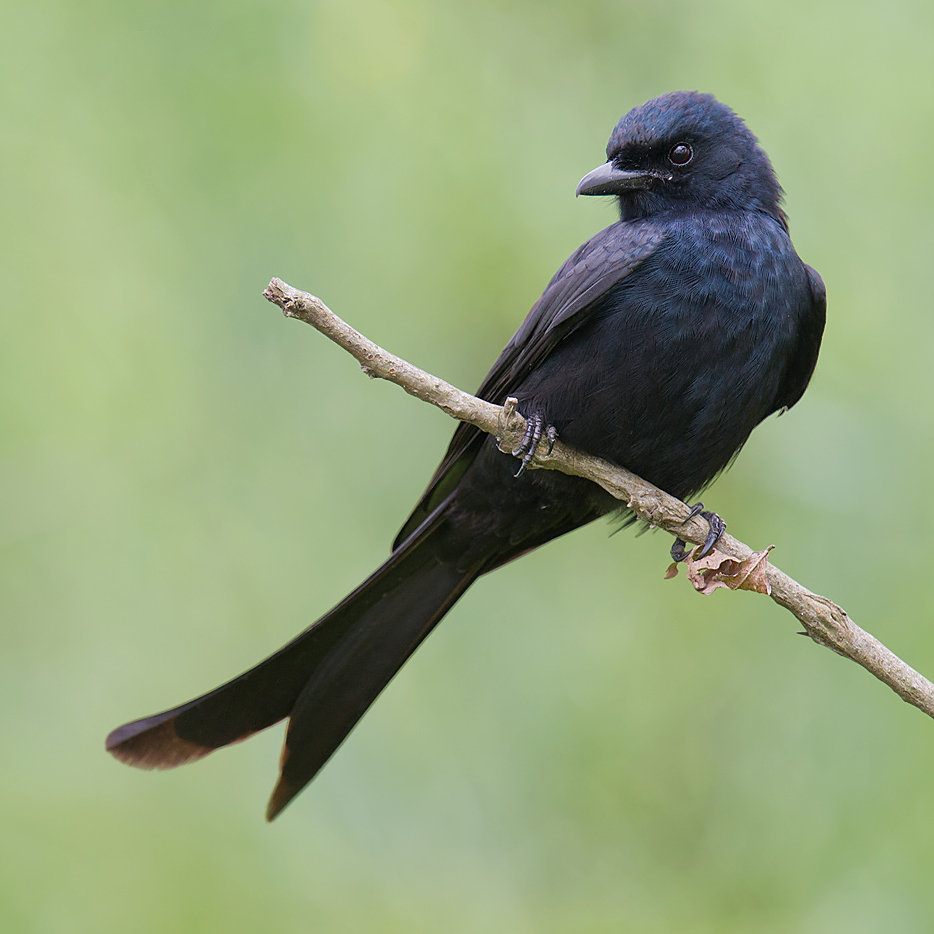 |
| 12 | White-throated Kingfisher | सफेद गले वाला किंगफिशर | 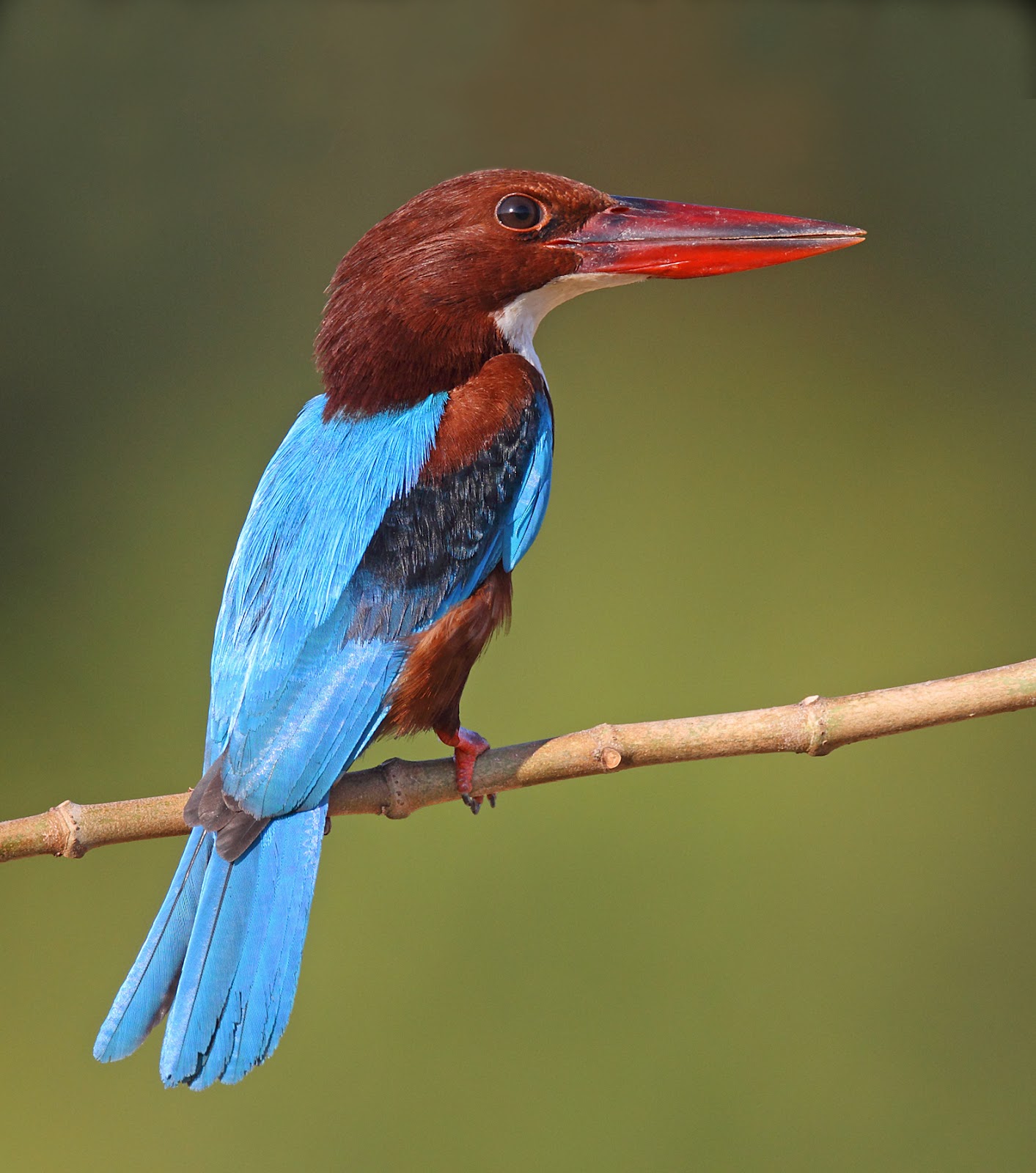 |
| 13 | Shikra | शिकरा | 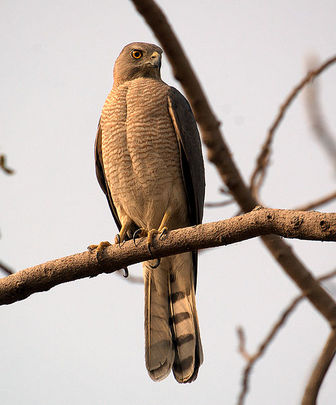 |
| 14 | Jungle Babbler | सातभाई | 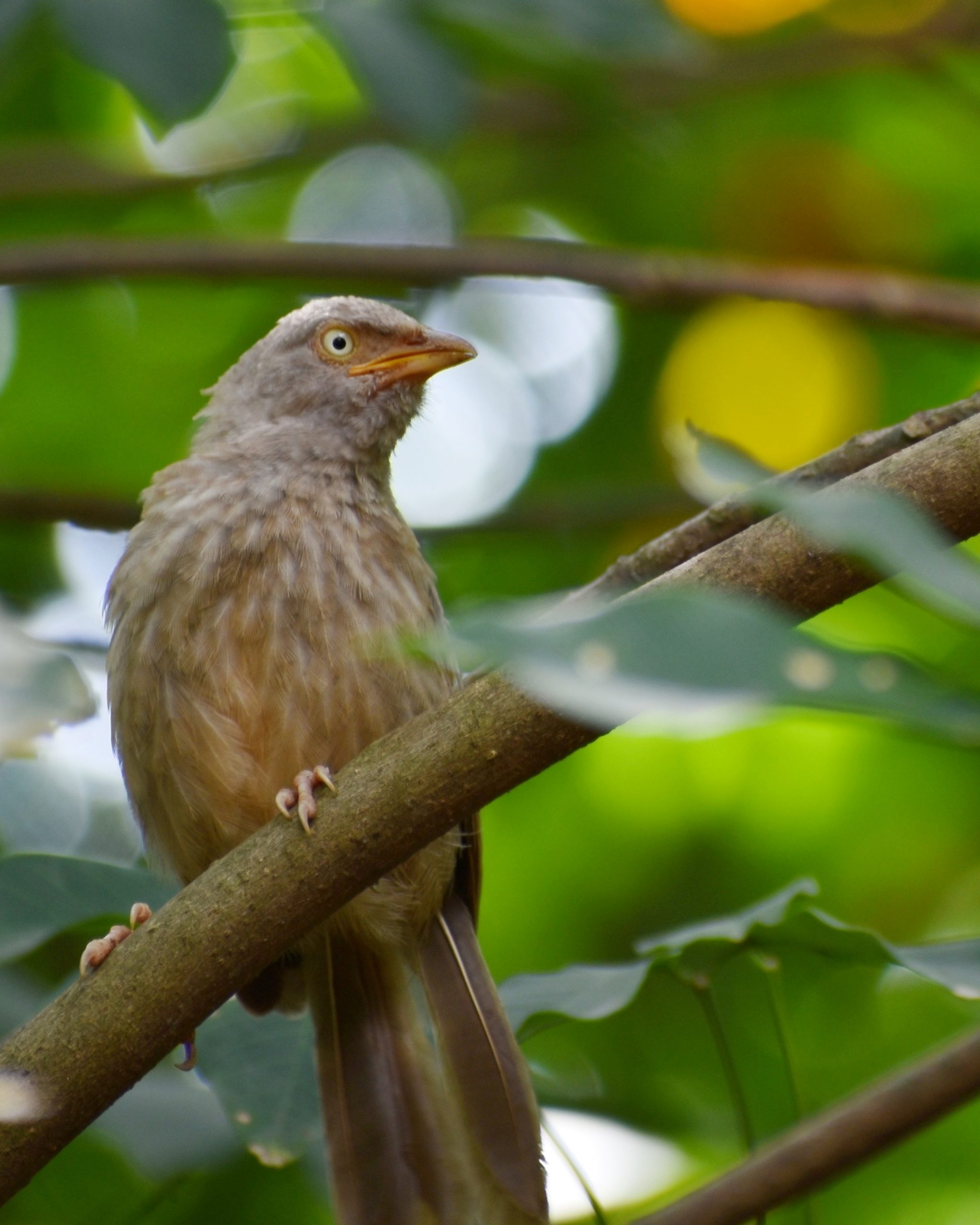 |
| 15 | Brahminy Starling | ब्राह्मणी मैना | 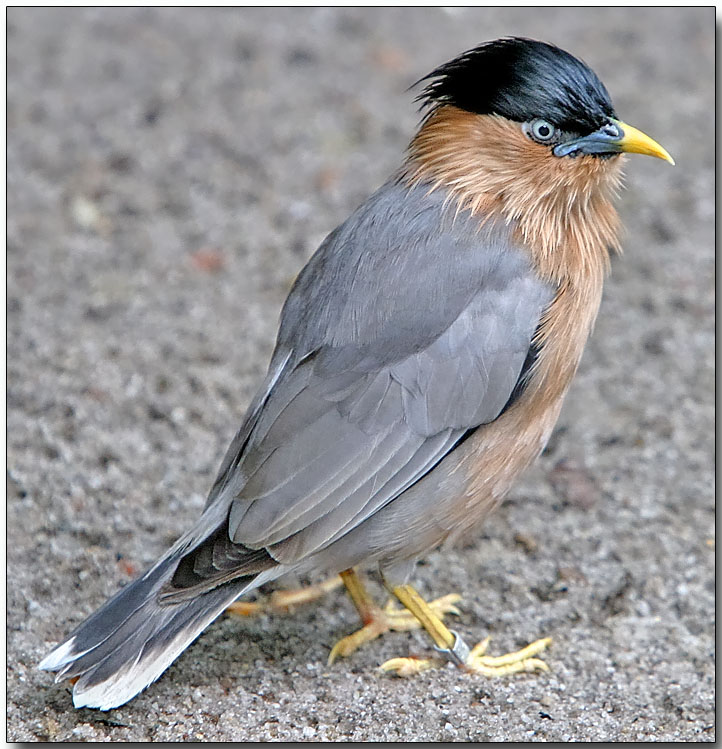 |
| 16 | Common Tailorbird | टेलरबर्ड | 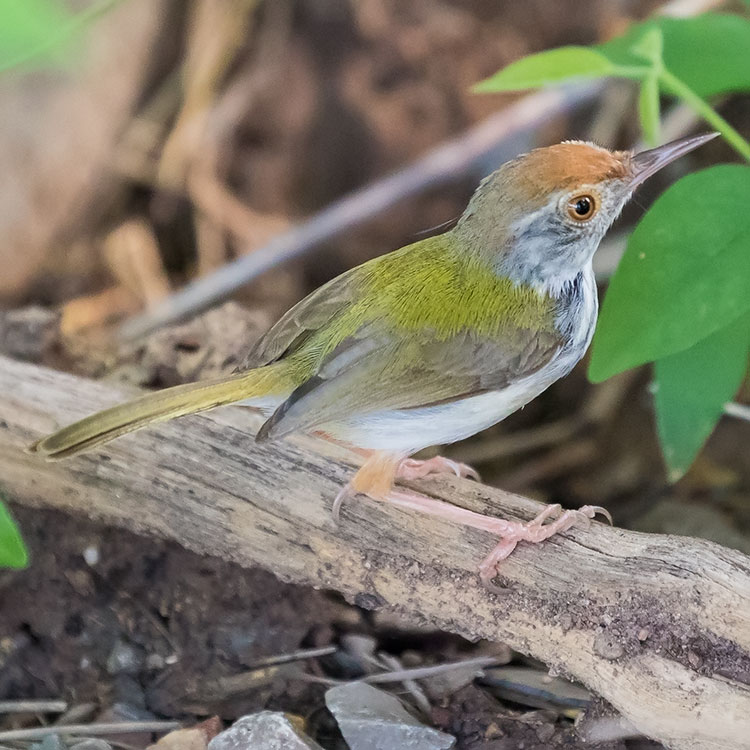 |
| 17 | Purple Sunbird | जांबू रंग सनबर्ड | 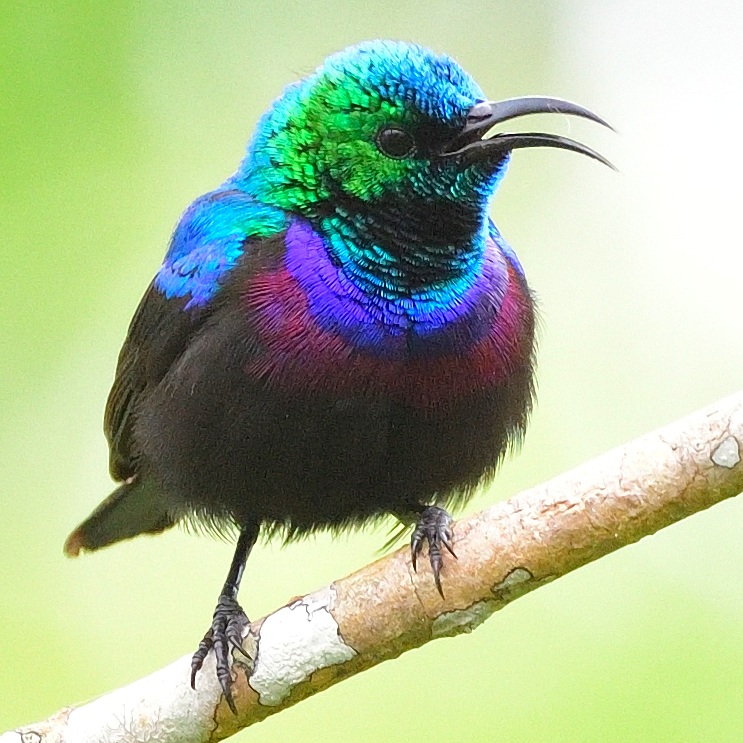 |
| 18 | House Crow | कौआ | 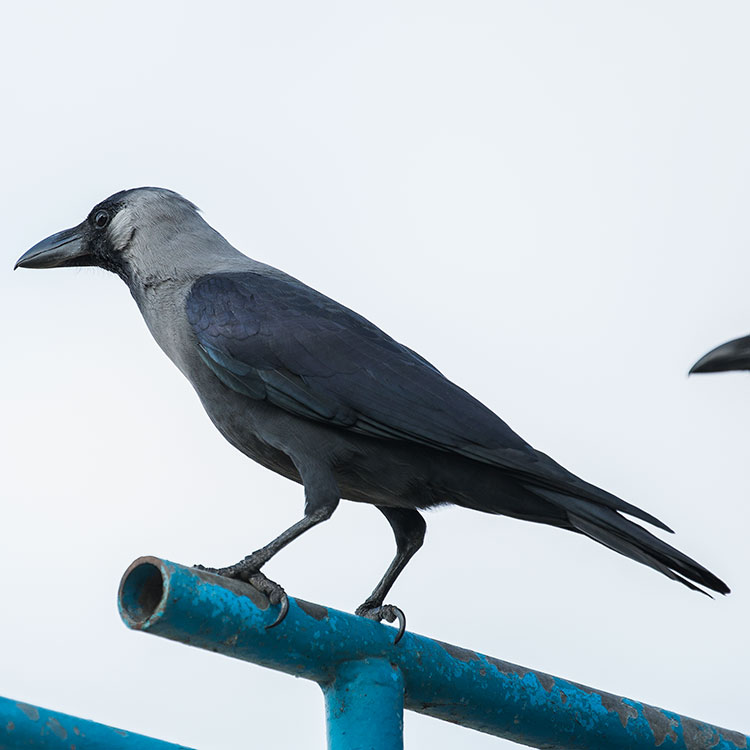 |
| 19 | Large-billed Crow | बड़ा कौआ | 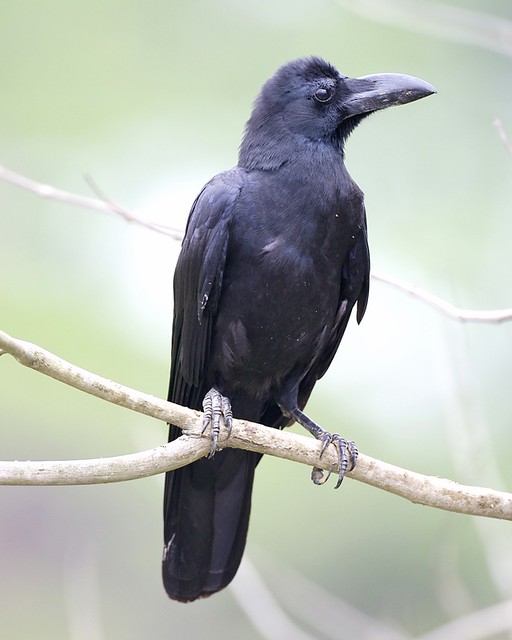 |
| 20 | Asian Pied Starling | अबाबील | 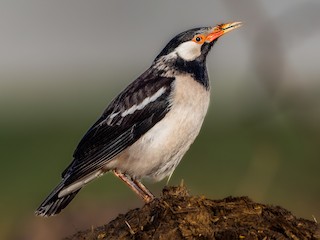 |
| 21 | Green Bee-eater | हरा मधुमक्खी खाने वाला | 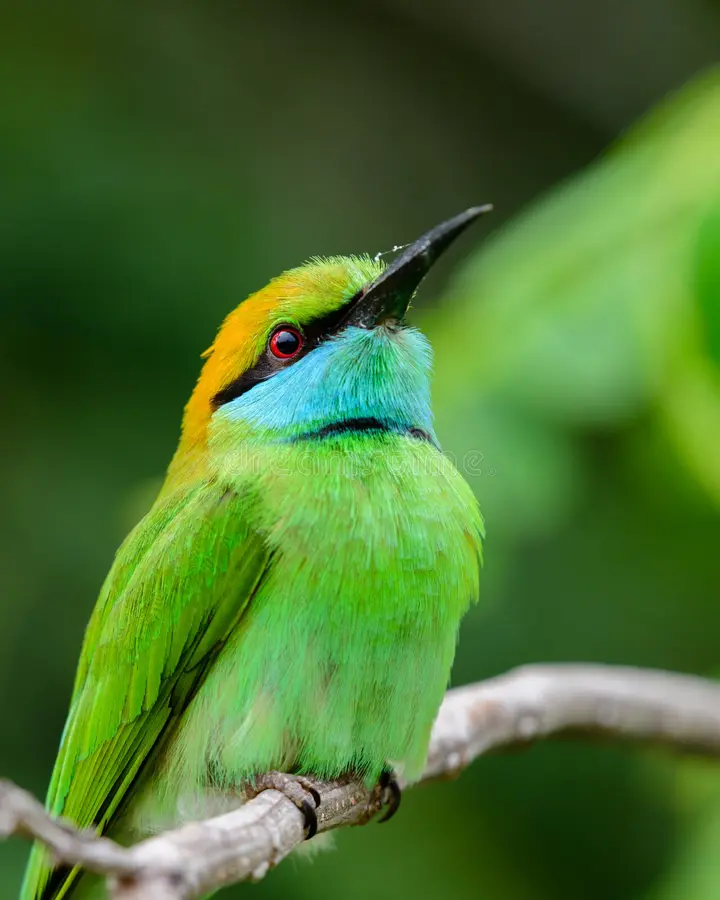 |
| 22 | Barn Swallow | अबाबील | 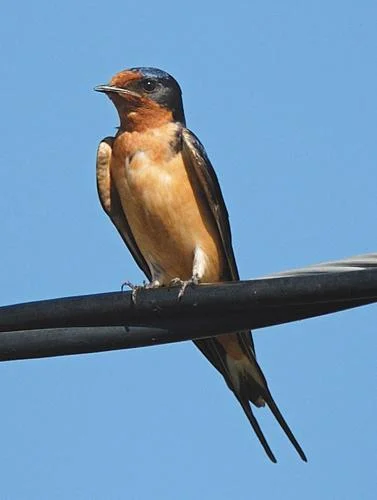 |
| 23 | Red-wattled Lapwing | टिटहरी | 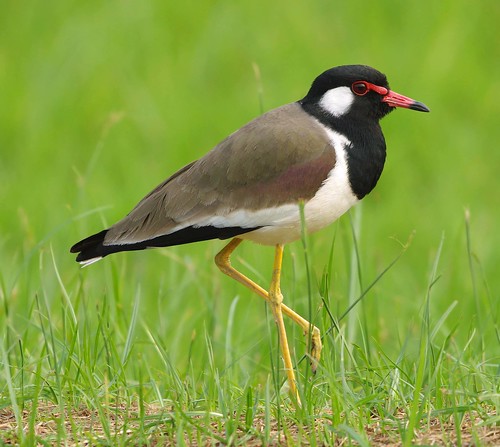 |
| 24 | Indian Cormorant | पनकौवा | 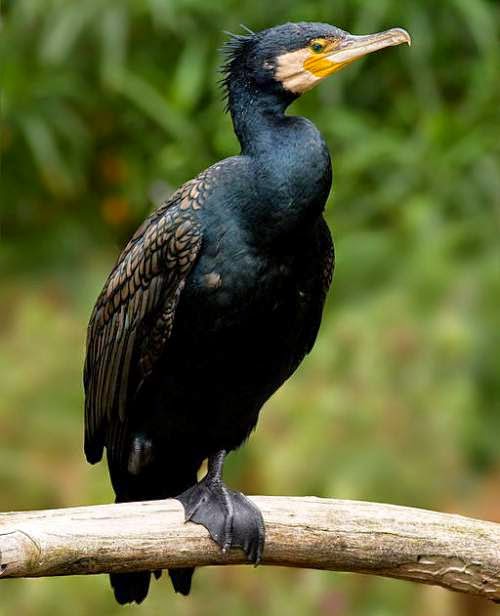 |
| 25 | Little Egret | छोटा बगुला | 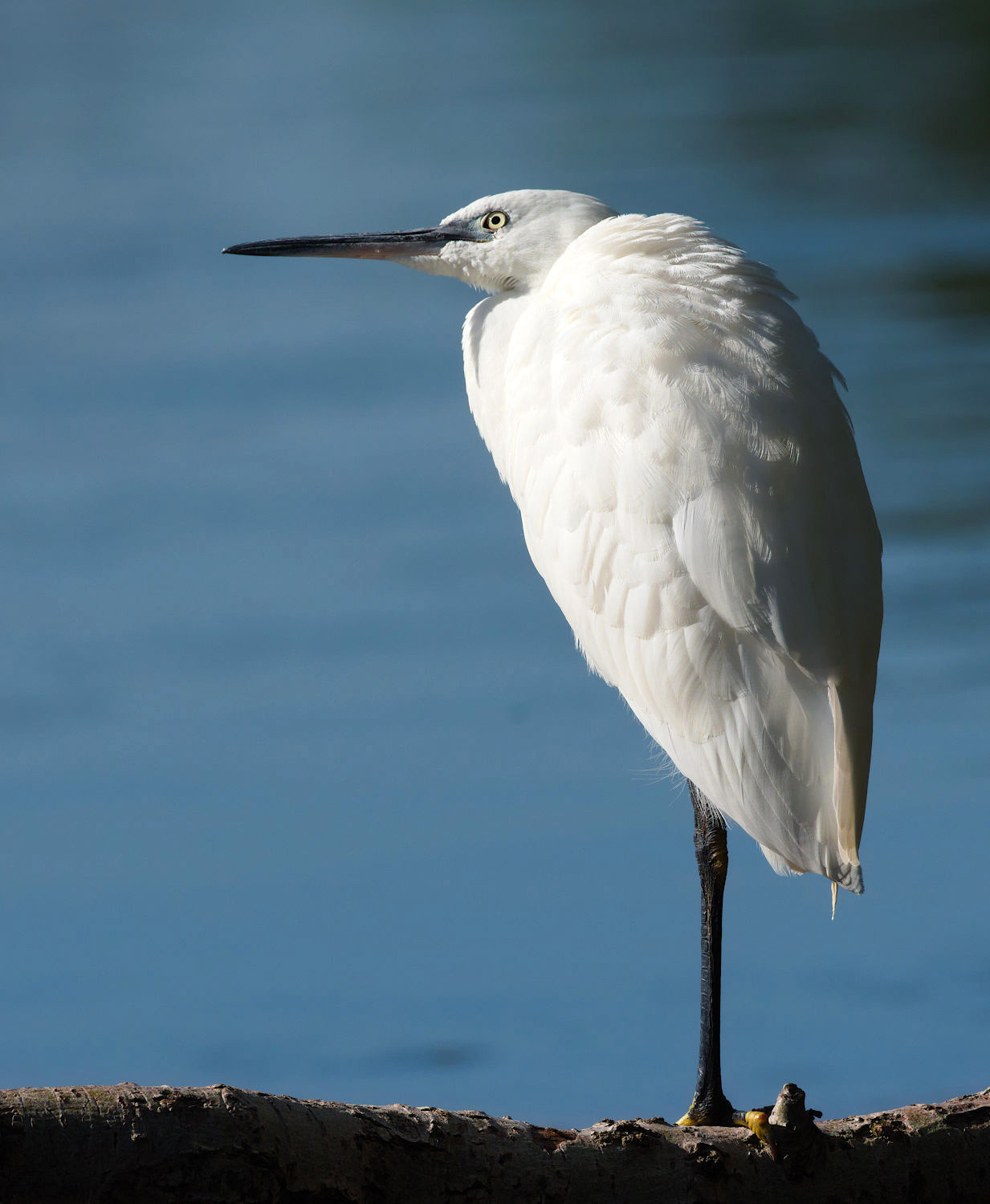 |
| 26 | Cattle Egret | गौ बगुला | 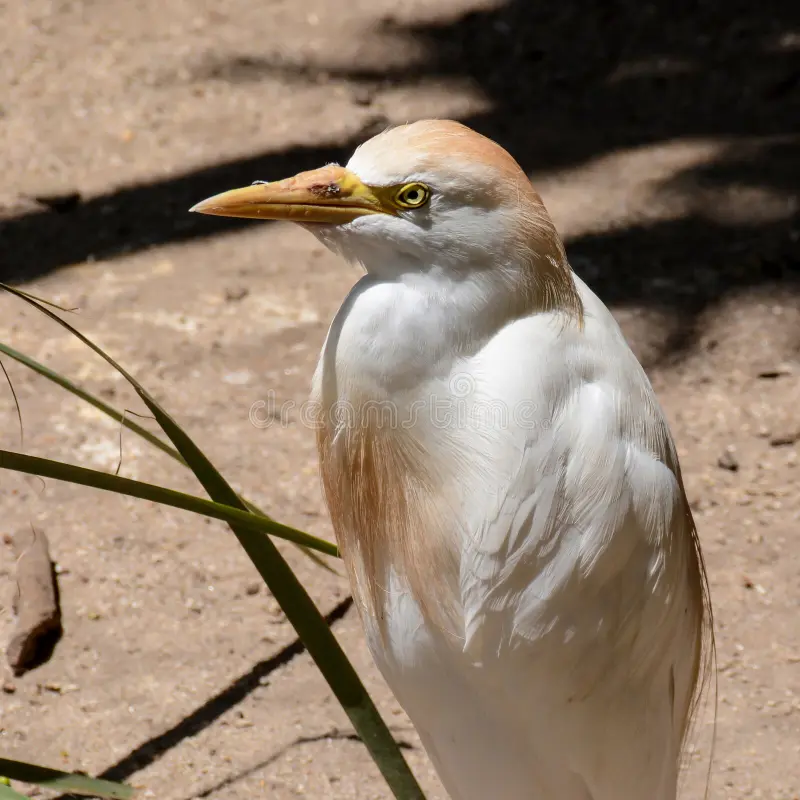 |
| 27 | Little Grebe | छोटा तैराक | 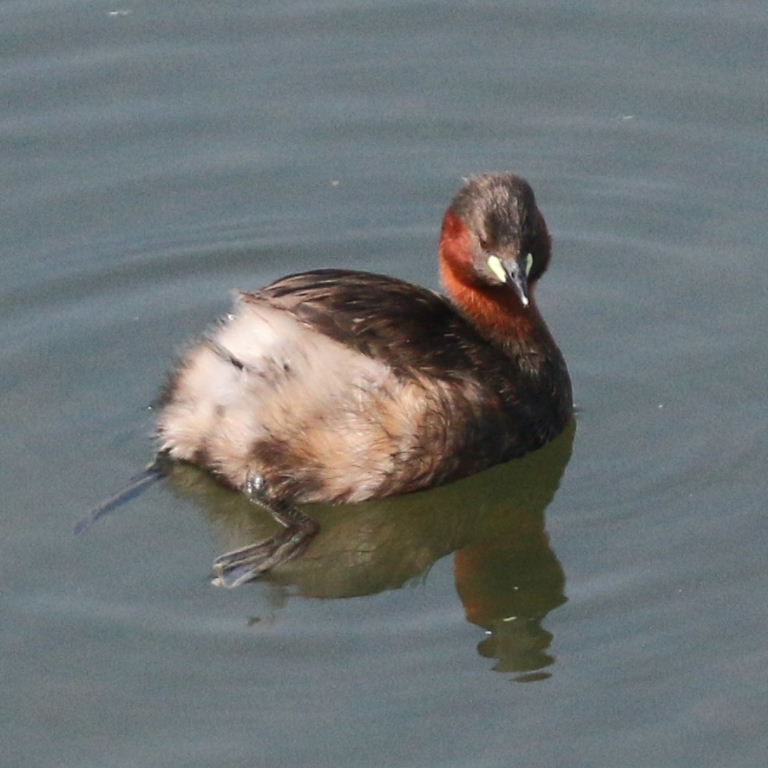 |
| 28 | Indian Pond Heron | कांकेरी | 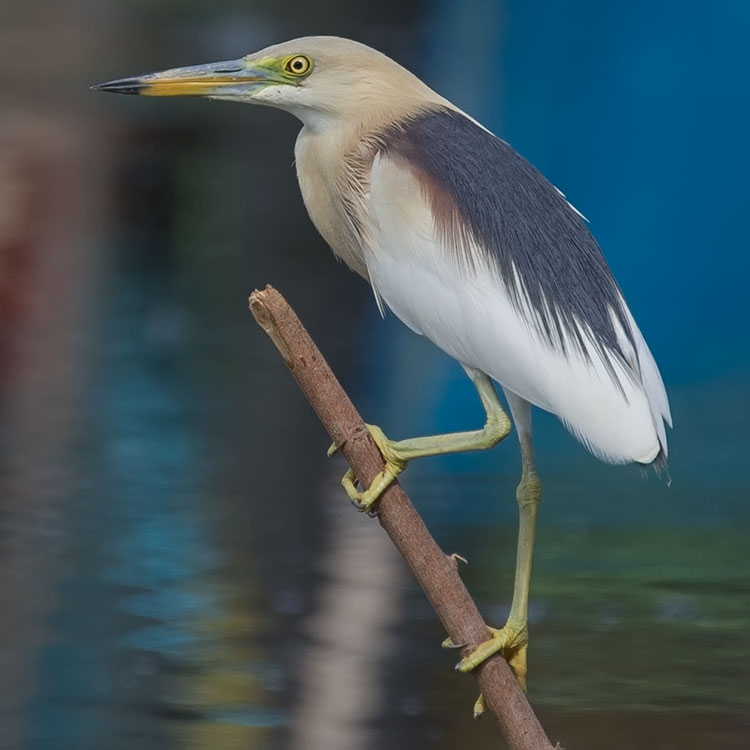 |
| 29 | Little Cormorant | छोटा पनकौवा | 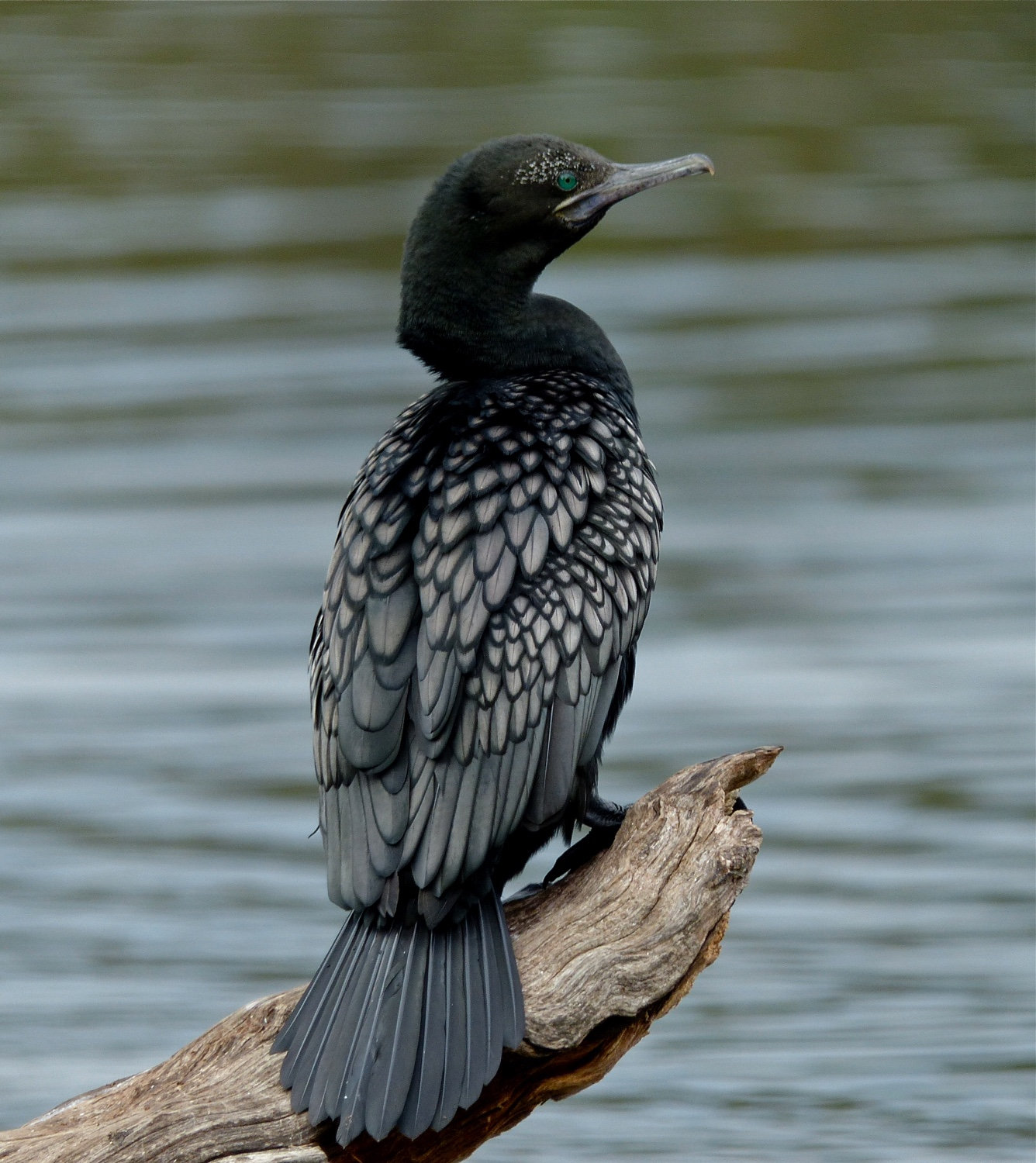 |
| 30 | Black-headed Ibis | काली सिर वाली बगुला | 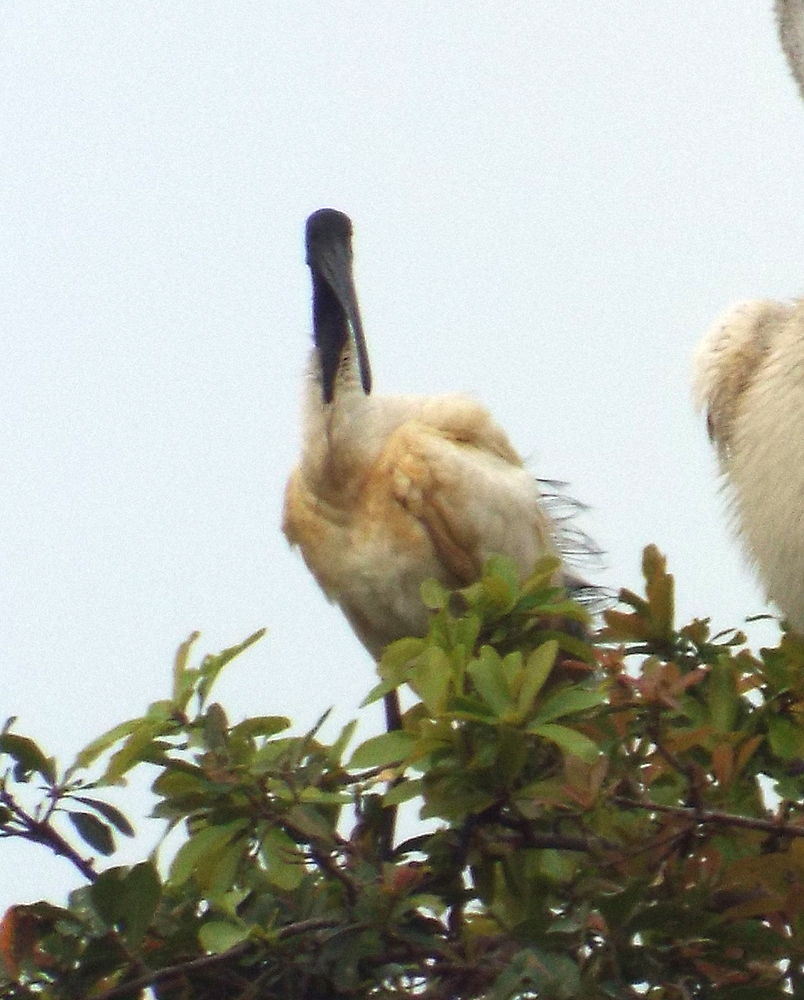 |
| 31 | Glossy Ibis | चमकदार बगुला | 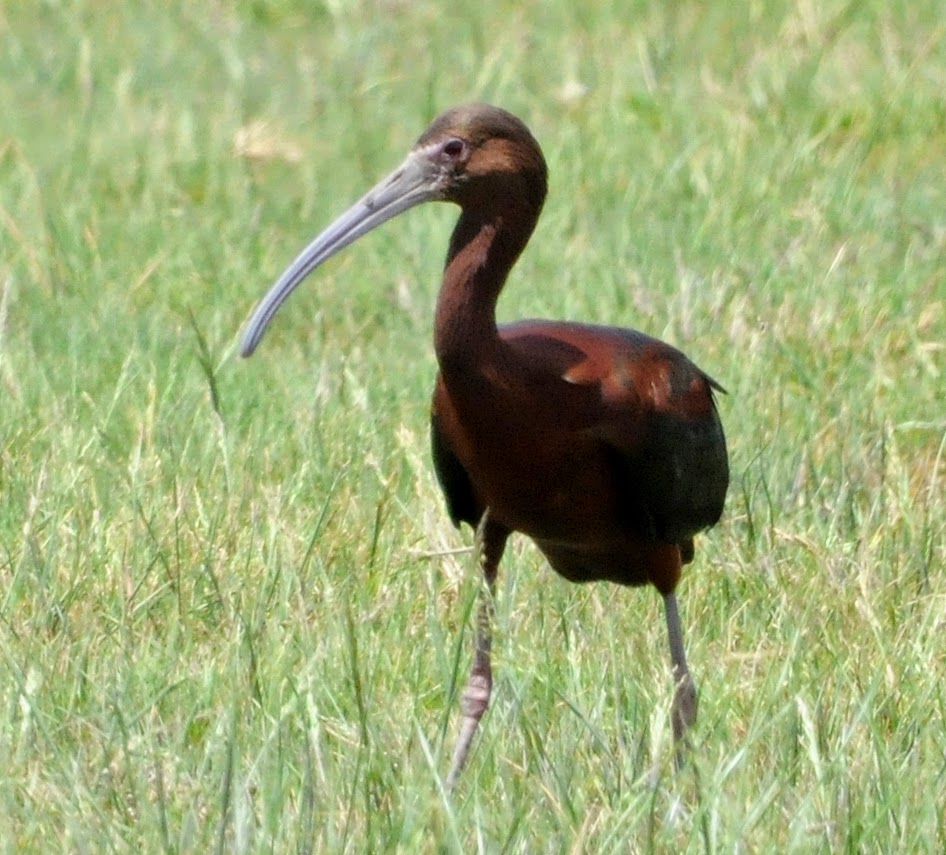 |
| 32 | Painted Stork | चित्रित सारस | 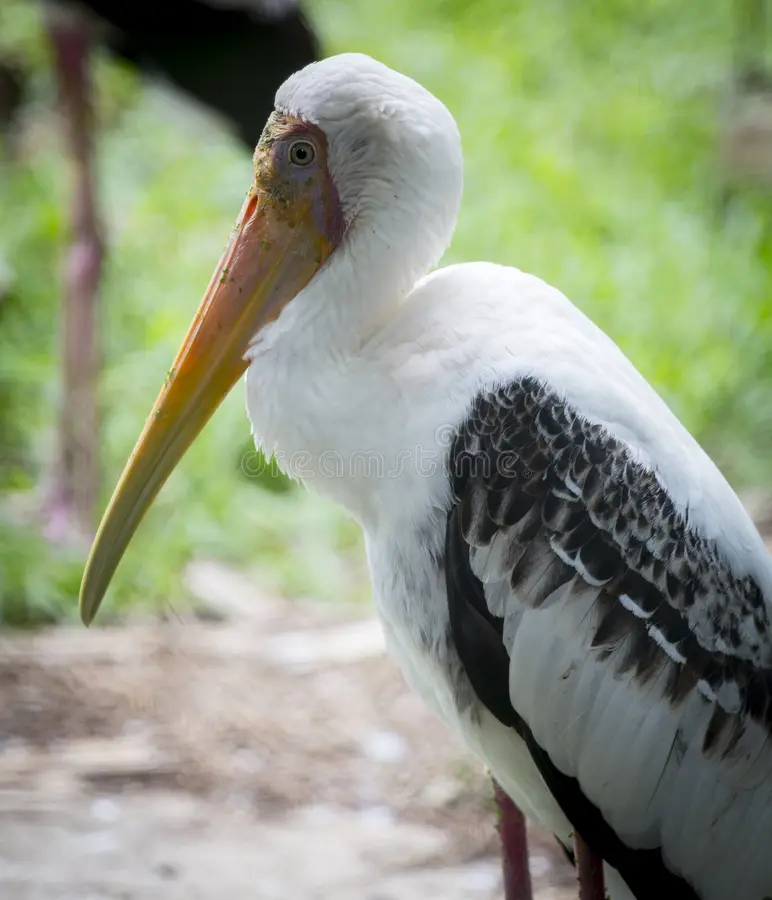 |
| 33 | Black-winged Stilt | काला पंख स्टिल्ट | 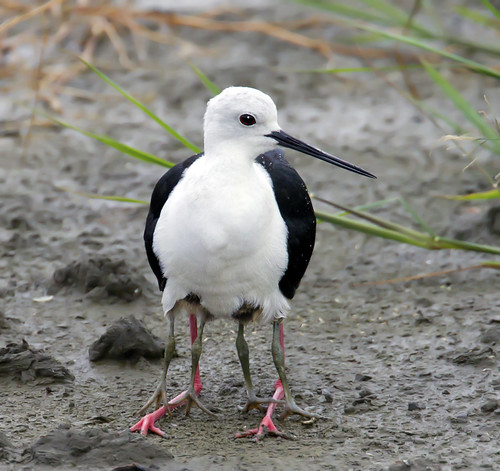 |
| 34 | Great Egret | बड़ा बगुला | 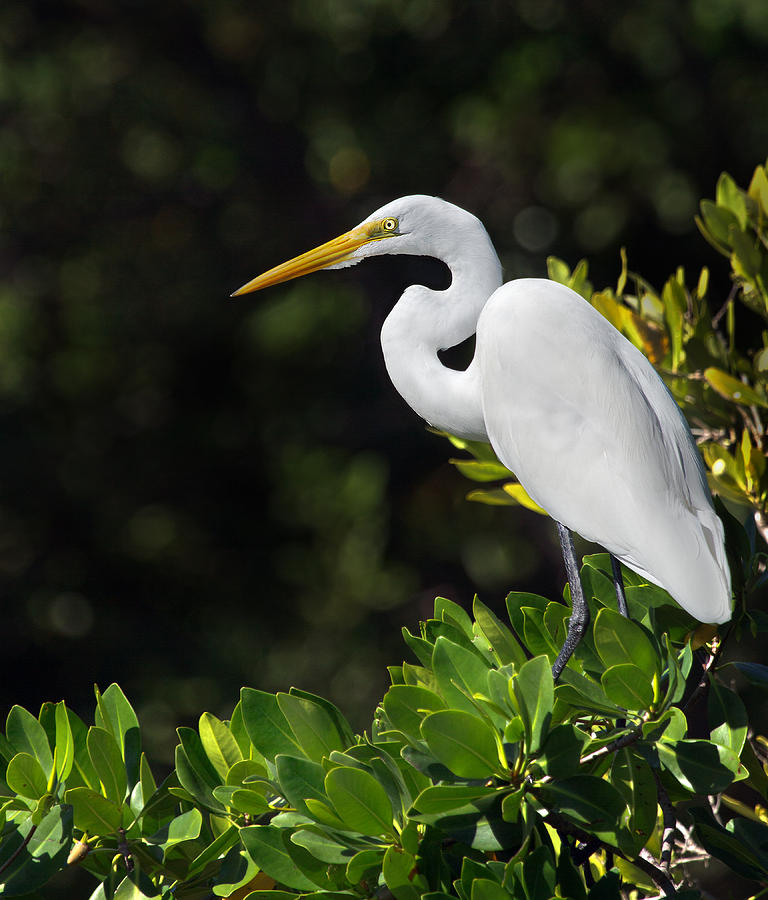 |
| 35 | Asian Openbill Stork | एशियाई खुले बिल वाला सारस | 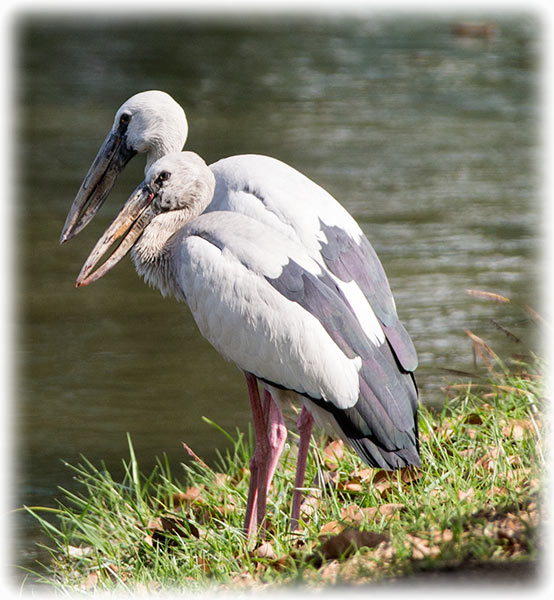 |
| 36 | Woolly-necked Stork | ऊनी गले वाला सारस | 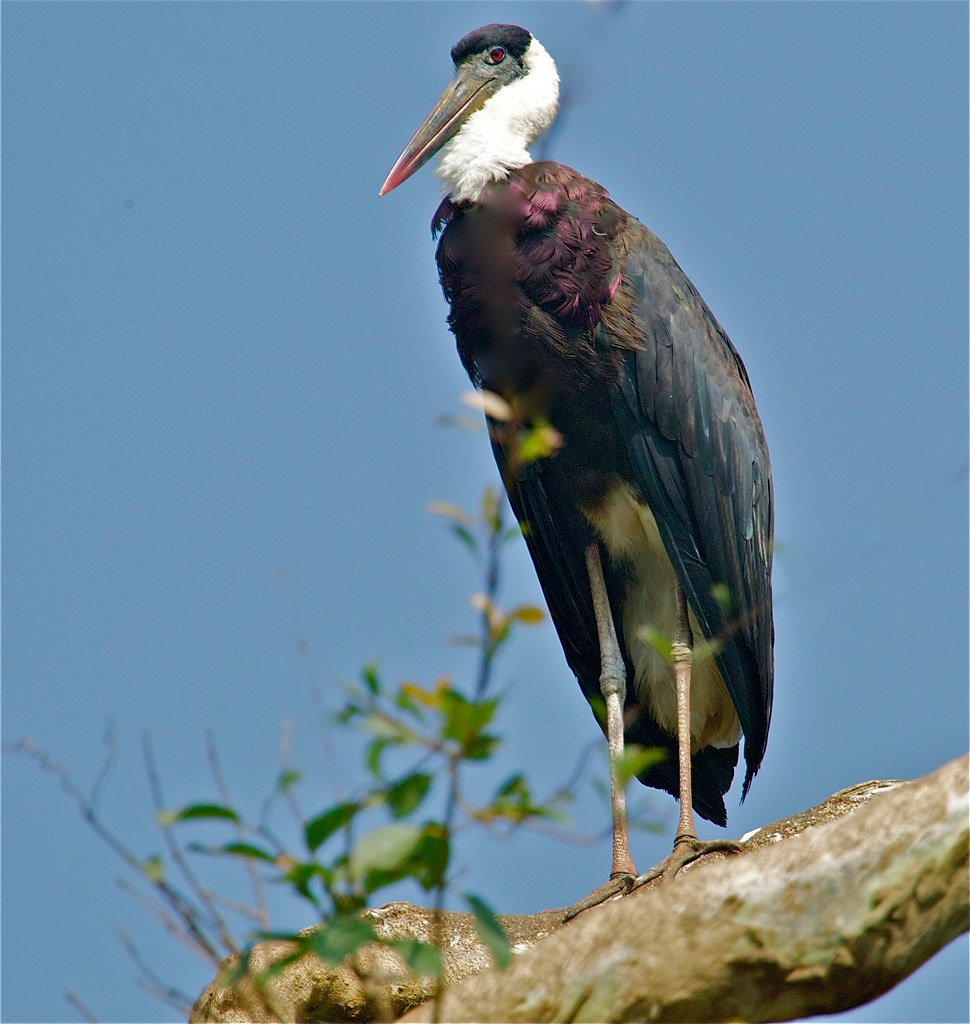 |
| 37 | Black-necked Stork | काला गले वाला सारस | 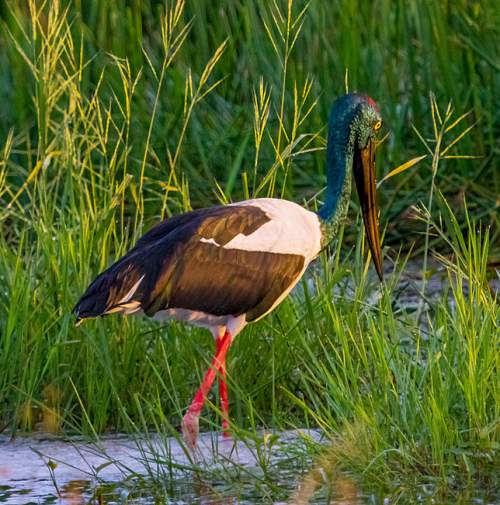 |
| 38 | White Ibis | सफेद बगुला | 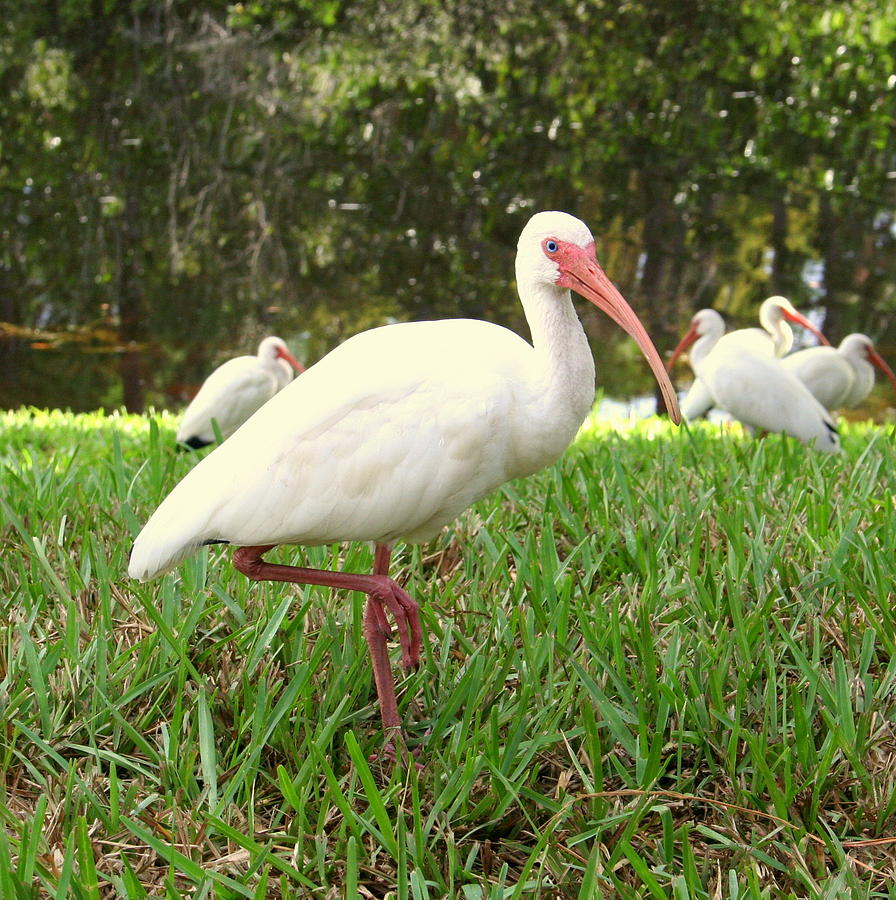 |
| 39 | Spot-billed Duck | चित्तीदार बत्तख | 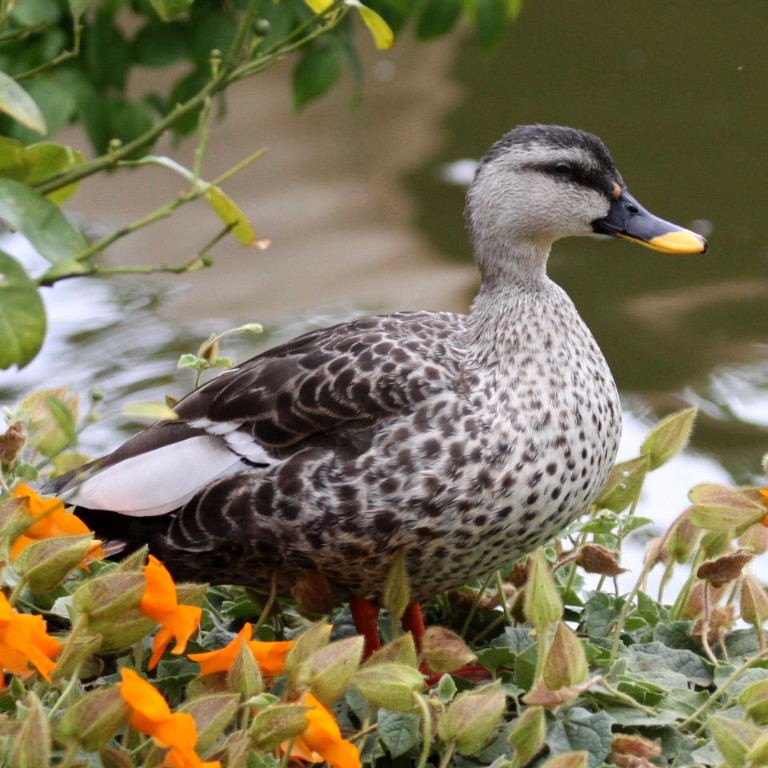 |
| 40 | Eurasian Spoonbill | यूरोपीय चम्मच बगुला | 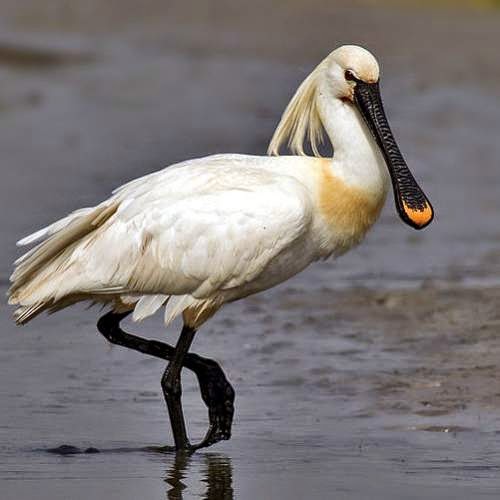 |
| 41 | Northern Pintail | उत्तरी पिनटेल | 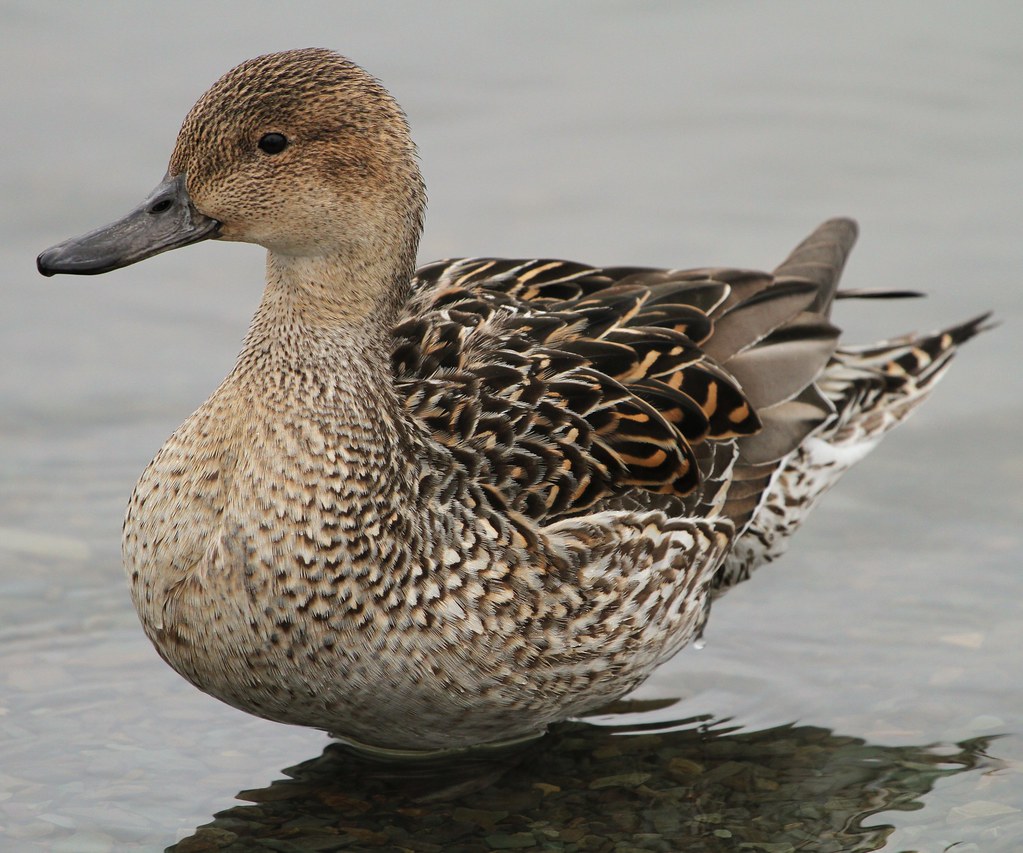 |
| 42 | Northern Shoveler | उत्तरी शोवेलर | 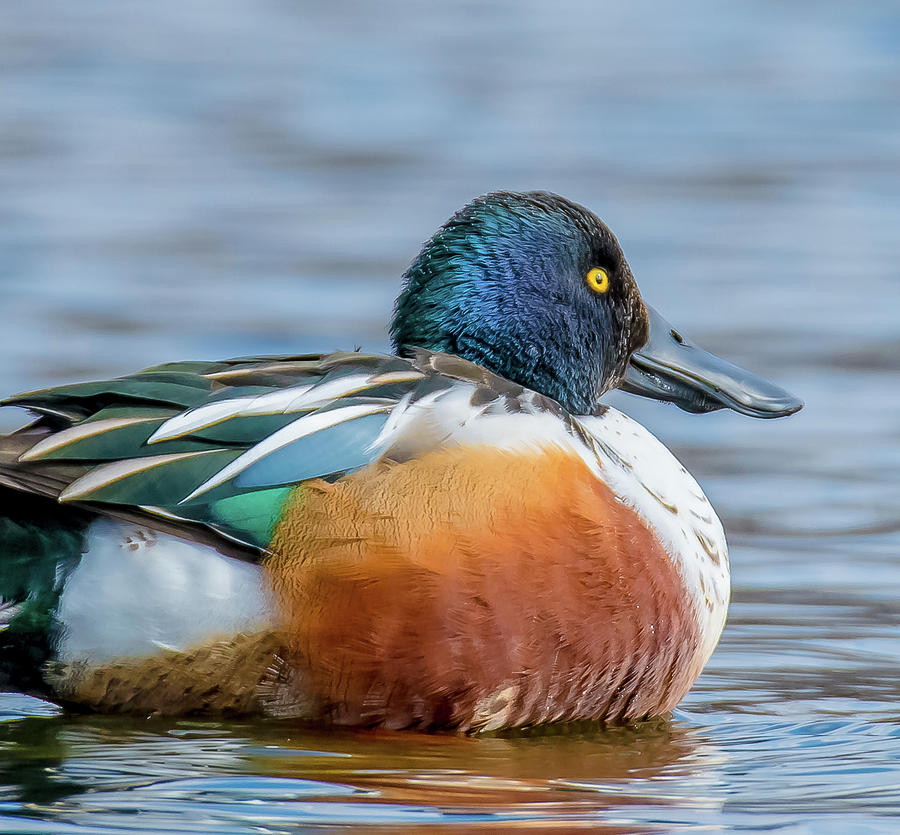 |
| 43 | Common Teal | आम टील | 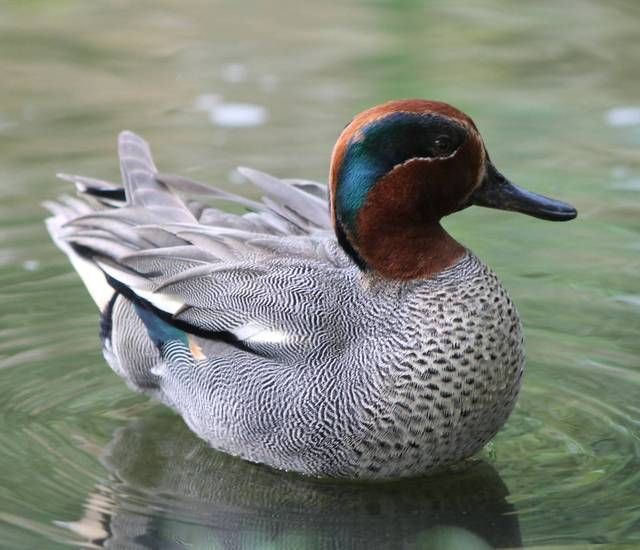 |
| 44 | Cotton Pygmy Goose | कपास सूक्ष्म हंस |  |
| 45 | Lesser Whistling Duck | छोटा सीटी बजाने वाला बत्तख | 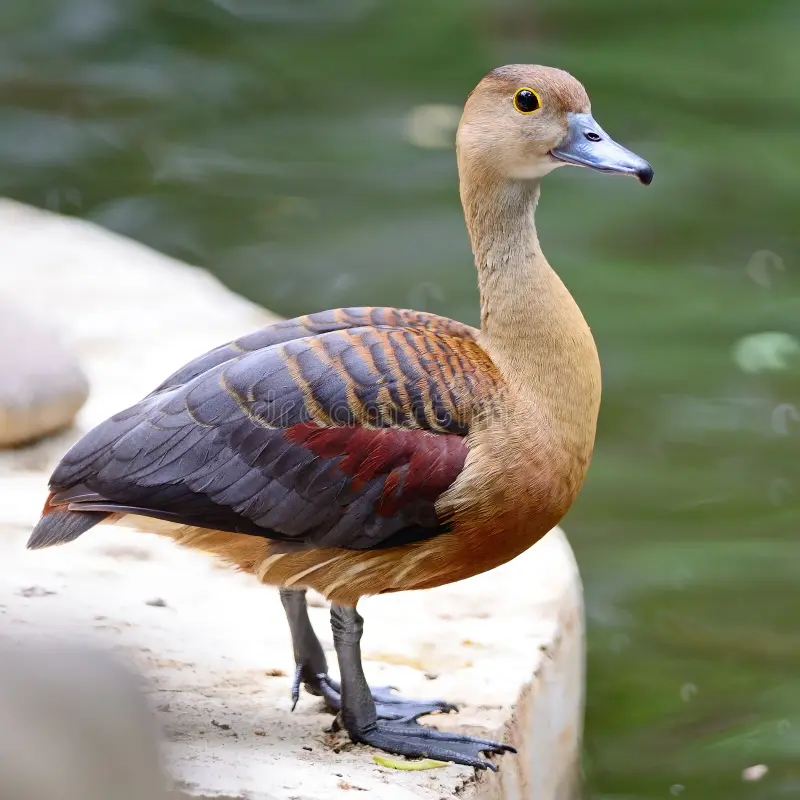 |
| 46 | Little Ringed Plover | छोटा वलयित प्लोवर |  |
| 47 | Kentish Plover | केंटिश प्लोवर | 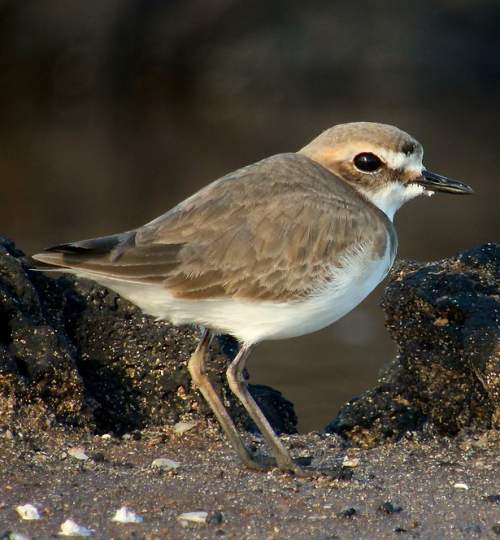 |
| 48 | Pheasant-tailed Jacana | तीतर-पूंछ जैकाना | 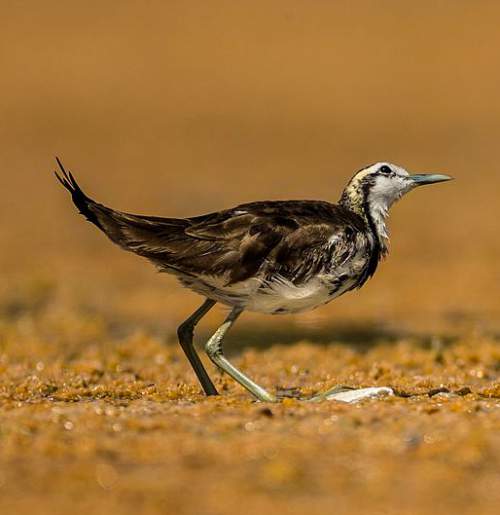 |
| 49 | Bronze-winged Jacana | कांस्य पंख वाला जैकाना |  |
| 50 | Indian Peafowl | मोर | 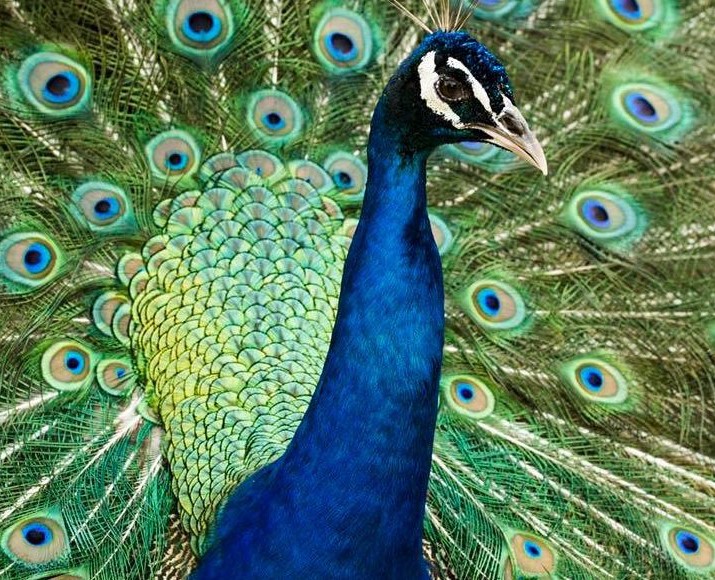 |
Conclusion
In short, knowing bird names in both Hindi and English helps us understand and appreciate the world’s birds better. It connects us with different cultures and helps us talk about protecting birds everywhere. Learning these names is not just good for bird watchers but important for everyone who cares about nature.
It makes working together on bird studies and conservation easier, too. We really need to keep teaching and sharing this knowledge to help save birds all around the world.

Deepak Sharma is a passionate writer and avid traveler who specializes in uncovering the beauty and history of India’s attractions and temples. A graduate of Delhi University, Deepak has a deep-rooted love for his country and its rich cultural heritage.
